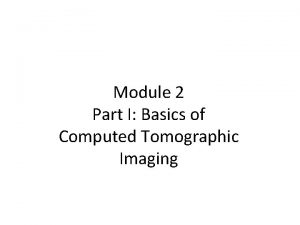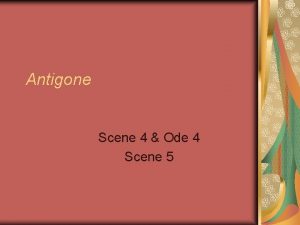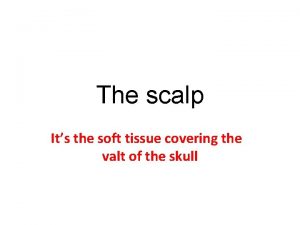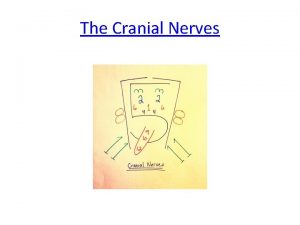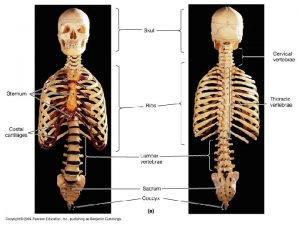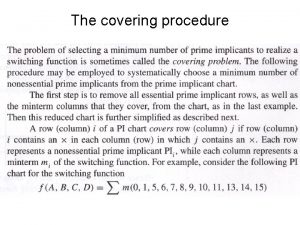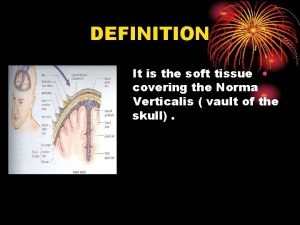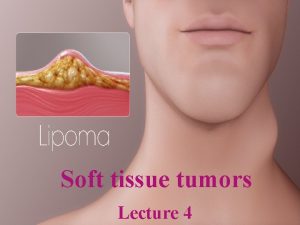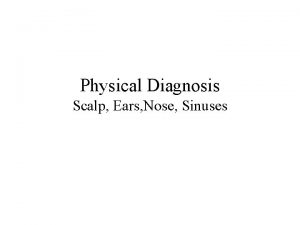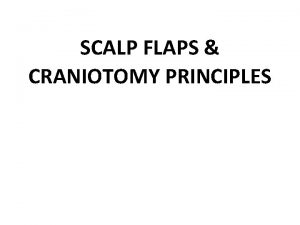SCALP Definition Soft tissue covering the cranial vault






























- Slides: 30

SCALP

Definition Soft tissue covering the cranial vault of the skull Extent Anteriorly posteriorly Each side Thickness : 5 – 6 mm

Supraorbital margin

Superior temporal lines

Superior nuchal line External occipital protuberance

Layers of the scalp S – Skin C – Cutaneous tissue ( Dense ) A – Epicranial aponeurosis or galea aponeurotica L – Loose areolar tissue P - Pericranium

Layers of scalp

Skin § Thick § Hair bearing § Sebaceous and sweat glands § Closely adherent to epicranial aponeurosis through the dense superficial fascia

Sebaceous Cyst

Superficial fascia § Fibro-fatty tissue § Medium for blood vessels and nerves of skin § Walls of the vessels are adherent to fibrous network ü Minor injury causes profuse bleeding ü Infections tend to remain localized and are painful

Epicranial aponeurosis (Galea aponeurotica) § Thin sheet of fibrous tissue, § Attachment to occipito-frontalis muscle § Anteriorly – frontal belly § Posteriorly – occipital belly, external occipital protuberance & highest nuchal lines § On each side – superior temporal line, sends thin expansion to zygomatic arch

Occipitofrontalis muscle § Occipital belly – Superior nuchal lines § Frontal belly – skin of the forehead § Insertion – epicranial aponeurosis § Nerve supply – Posterior auricular branch Temporal branch


Gaping of wounds when cut transversely

Loose areolar tissue § Subaponeurotic space § Extent § Emissary veins Valveless, connect superficial veins of scalp with intracranial venous sinuses § Dangerous area of scalp § Accumulation of blood leads to generalized swelling, black eye…

Black eye

Pericranium § Outer periosteum of skull § Continuous with endocranium through the sutures Cephalohematoma – collection of fluid beneath the pericranium produces localised swelling - assumes the shape of related bones

Cephalohematoma

Innervation of scalp

In front of the ear – Supratrochlear N – Supraorbital N – Zygomaticotemporal N – Auriculotemporal N – Temporal branch of the facial nerve Behind the ear – – – Great auricular Lesser occipital Great occipital Third occipital Posterior auricular branch of facial nerve

Blood supply of scalp

In front of the ear – Supratrochlear artery – Supraorbital artery – Superficial temporal artery Behind the ear – Posterior auricular artery – Occipital artery

Venous drainage § The veins of the scalp accompany the arteries and have similar names § The supratrochlear and supraorbital veins unite to form the angular vein and continue further as the facial vein

The superficial temporal vein form the retromandibular vein The posterior auricular vein joins the posterior division of the retromandibular vein to form the external jugular vein The occipital vein terminates in the suboccipital venous plexus

Cont…. § Emissary veins Parietal emissary vein Mastopid emissary vein § Diploic veins Frontal, anterior temporal, posteior temporal and occipital

Lymphatic drainage Anterior part of scalpparotid lymphnodes Posterior part- mastoid & occipital lymph nodes

Applied anatomy

Caput succedaneum Passage through the birth canal Compression of the skull and scalp An interference of venous return Temporary edematous condition of scalp

Black eye

Thank you
 Dangerous area of scalp is which layer
Dangerous area of scalp is which layer Annunciation and visitation reims cathedral
Annunciation and visitation reims cathedral Open fracture grading
Open fracture grading Periarticular soft tissue swelling
Periarticular soft tissue swelling Jones and bartlett learning
Jones and bartlett learning Soft tissue hounsfield units
Soft tissue hounsfield units Soft tissue rheumatoid arthritis
Soft tissue rheumatoid arthritis Safety stand down examples
Safety stand down examples Soft tissue rheumatism
Soft tissue rheumatism Outer covering definition
Outer covering definition Jaringan epitel dapat ditemukan di
Jaringan epitel dapat ditemukan di What are two important requirements for a healthy scalp
What are two important requirements for a healthy scalp Scalp definition
Scalp definition Vault repopulation walkthrough
Vault repopulation walkthrough Vault skull fracture
Vault skull fracture Falling action romeo and juliet
Falling action romeo and juliet Enterprise vault migration to office 365 bittitan
Enterprise vault migration to office 365 bittitan Melanie adams australia
Melanie adams australia Friction transforms mechanical energy to
Friction transforms mechanical energy to Enterprise data
Enterprise data Whose fate does antigone compare to her own
Whose fate does antigone compare to her own Trilio vault
Trilio vault What is evault
What is evault Jeff renz
Jeff renz Adidas long jump spikes
Adidas long jump spikes Bveda
Bveda Vault online backup
Vault online backup Pit table data vault
Pit table data vault Pole vault sliding box
Pole vault sliding box Crossing romanesque
Crossing romanesque Sky vault
Sky vault





